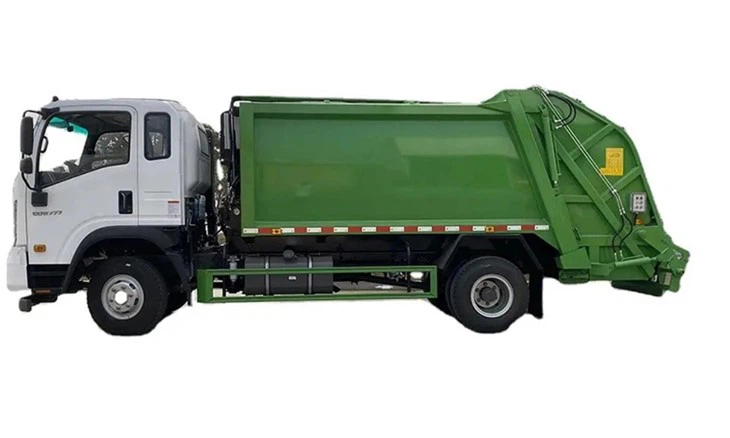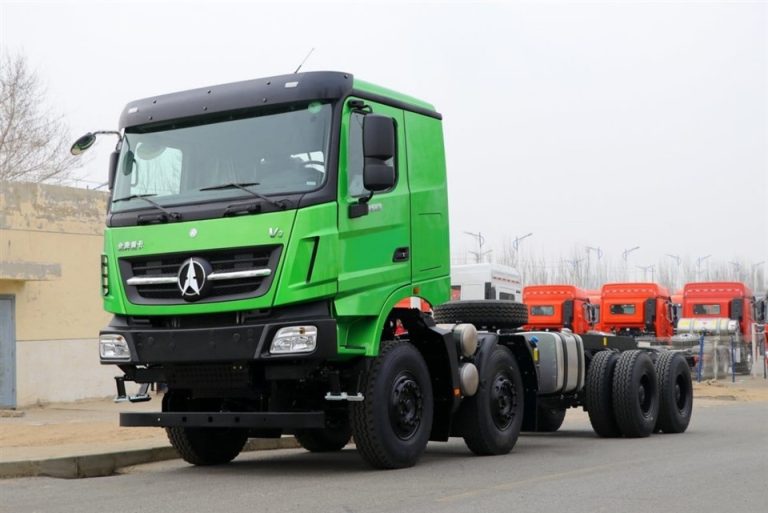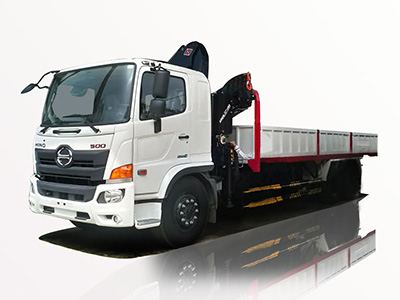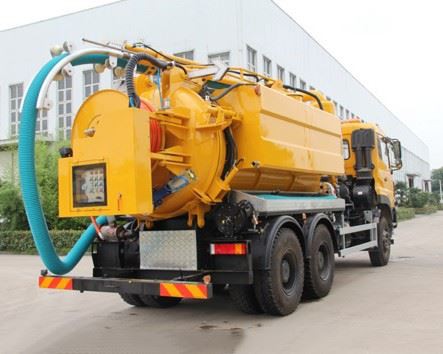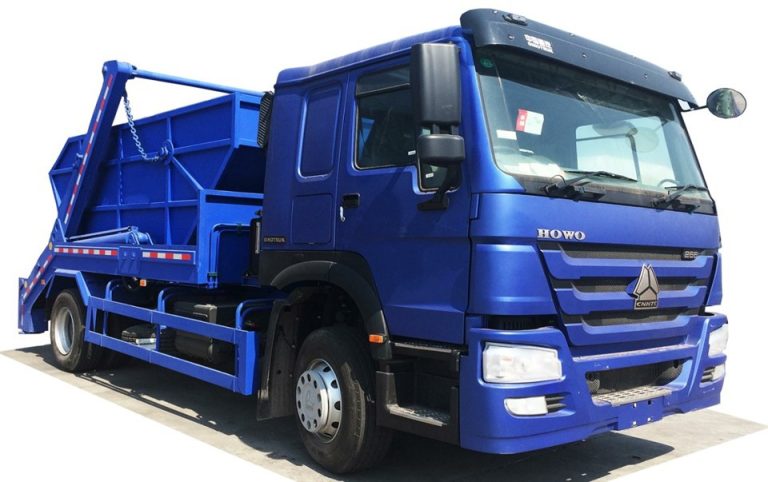Understanding Fire Apparatus Quint: A Comprehensive Guide
In the world of firefighting, understanding the various types of fire apparatus is crucial. One critical vehicle that has gained popularity in many fire departments is the fire apparatus quint. This versatile unit combines both fire engine and ladder truck capabilities, making it a vital asset in emergency situations. In this article, we will delve into the specifics of fire apparatus quints, including their design, uses, advantages, and operational considerations, providing a thorough understanding of why they are an essential component in modern firefighting operations.
What is a Fire Apparatus Quint?
A fire apparatus quint, often referred to simply as a “quint,” is a type of fire truck that integrates the capabilities of a standard fire engine and an aerial ladder truck. The term “quint” comes from the five key functions it serves: pumping water, carrying water, carrying hose, providing ground ladders, and offering an aerial device for reaching elevated locations. This combination makes it an incredibly efficient tool for fire departments.
Key Features of a Quint
- Pumping Capability: Quints are equipped with powerful water pumps that enable them to deliver a high volume of water to extinguish fires.
- Water Tank: Most quints come with an onboard water tank, allowing immediate water supply when arriving on the scene.
- Hose Storage: They have storage compartments for hoses of various sizes, facilitating quick deployment during emergencies.
- Aerial Ladder: Quints feature an extendable aerial ladder that can reach high places, essential for rescuing individuals or fighting fires in multi-story buildings.
- Ground Ladders: In addition to the aerial device, quints carry ground ladders that can be deployed for various functions, including access and rescue.
How is a Quint Different from Other Fire Apparatus?
Comparison with Fire Engines
While both fire engines and quints serve critical roles in firefighting, they differ significantly in structure and function:
| Feature | Fire Engine | Quint |
|---|---|---|
| Pumping Capacity | High capacity | High capacity |
| Water Tank | Typically larger | Moderate size |
| Aerial Device | No | Yes |
| Ground Ladders | Limited | Extensive |
Comparison with Ladder Trucks
| Feature | Ladder Truck | Quint |
|---|---|---|
| Pumping Capacity | Minimal | High capacity |
| Water Tank | No hydraulic supply | Yes |
| Aerial Device | Yes | Yes |
| Primary Function | Rescue and fire suppression | Multipurpose, i.e., both fire suppression and rescue |
Benefits of Using a Fire Apparatus Quint
1. Versatility
Quints serve multiple roles, making them a valuable asset for fire departments with limited budgets and personnel. They can respond effectively to fires, medical emergencies, and rescue operations.
2. Space Efficiency
In urban areas where space is tight, having a quint eliminates the need for both a fire engine and a ladder truck, leading to less congestion at fire stations and during response.
3. Faster Response Times
The multifunctionality of a quint allows emergency responders to arrive on the scene equipped to tackle various situations without waiting for additional units.
4. Cost-Effectiveness
Investing in a quint can save fire departments money overall since they won’t need to purchase separate vehicles for ladder services and fire suppression.
Operational Considerations for Fire Apparatus Quints
Training and Competency
Operating a quint requires specialized training; firefighters must be proficient in both firefighting tactics and aerial operations. Departments often require additional certifications for personnel who handle quints.
Maintenance and Inspection
Regular maintenance is crucial for the safety and efficiency of a quint. Departments should have a detailed maintenance schedule that includes inspections of the water pump, aerial ladder, and safety devices.
Tactical Uses in Different Scenarios
High-Rise Fires
Quints are especially useful in tackling fires in high-rise buildings because of their aerial capabilities, allowing firefighters to reach upper floors with ease.
Vehicle Accidents
In vehicular accidents, quints can provide both firefighting resources to extinguish any potential fires and tools for extricating trapped individuals.
Wildfire Situations
During wildfires, quints can transport firefighters and equipment to remote locations where traditional fire engines may have difficulty navigating.
Examples of Popular Fire Apparatus Quints
1. Rosenbauer Commander Quint
Known for its robust design and multifunctional capabilities, the Rosenbauer Commander Quint is widely used across various fire departments in the U.S., featuring a customizable aerial ladder and extensive storage options.
2. Pierce Enforcer Quint
With its powerful pumping capabilities and advanced safety features, the Pierce Enforcer Quint is designed for efficiency and reliability, making it a popular choice among fire services.
3. E-One Typhoon Quint
The E-One Typhoon Quint combines strength with innovative technology, making it one of the most versatile and dependable fire apparatus available.
Choosing the Right Quint for Your Department
When selecting a quint for a fire department, consider the following factors:
- Department Size: Larger departments may require a heavier-duty quint with more extensive capabilities.
- Budget: Assess funding availability for purchase and ongoing maintenance.
- Response Area: Evaluate the types of emergencies commonly encountered in the response area to ensure the chosen vehicle meets those needs.
- Training Resources: Consider available training programs for personnel to ensure they can operate the vehicle safely and effectively.
Practical Tips for Fire Departments Using Quints
1. Regular Training Drills
Conduct regular training drills that focus on both firefighting and aerial operation techniques to maintain proficiency among personnel.
2. Equipment Inventory Management
Keep an updated inventory of all equipment on board. This ensures that firefighters have immediate access to essential tools and materials during emergencies.
3. Community Engagement
Engage with the community through public education programs to raise awareness of fire safety and the capabilities of your quint. Operational demonstrations can also build trust and confidence in your fire department.
4. Collaborate with Other Departments
Work with neighboring departments that might not have a quint, as mutual aid agreements can enhance response capabilities and ensure effective coverage during large-scale emergencies.
Frequently Asked Questions
What makes a fire apparatus quint different from a standard fire truck?
A fire apparatus quint combines the functionalities of a fire engine and a ladder truck, enabling it to pump water, carry hoses, and reach high places with its aerial ladder, unlike standard fire trucks that perform fewer functions.
How many firefighters can operate a quint?
The number of firefighters can vary by department and local regulations. Typically, a quint is operated by a minimum of three firefighters: one for driving, one for pump operations, and one for aerial operations.
Can a quint respond to medical emergencies?
Yes, quints are equipped to response to medical emergencies due to their storage capabilities for first aid equipment and often carry basic life support tools.
What are some challenges associated with using a fire apparatus quint?
Challenges might include the need for extensive training, as operating both the aerial ladder and firefighting equipment requires specialized skills. Maintenance can also be more complex due to the dual functionalities.
How often should a quint be inspected and maintained?
Quints should be inspected regularly, ideally on a monthly basis, with more thorough checks performed quarterly and annually to ensure all systems are functioning optimally.
Are quints suitable for rural firefighting?
While quints are effective in urban settings due to their varied capabilities, they can also be used in rural areas. However, their effectiveness will depend on the specific needs and geography of the region.

